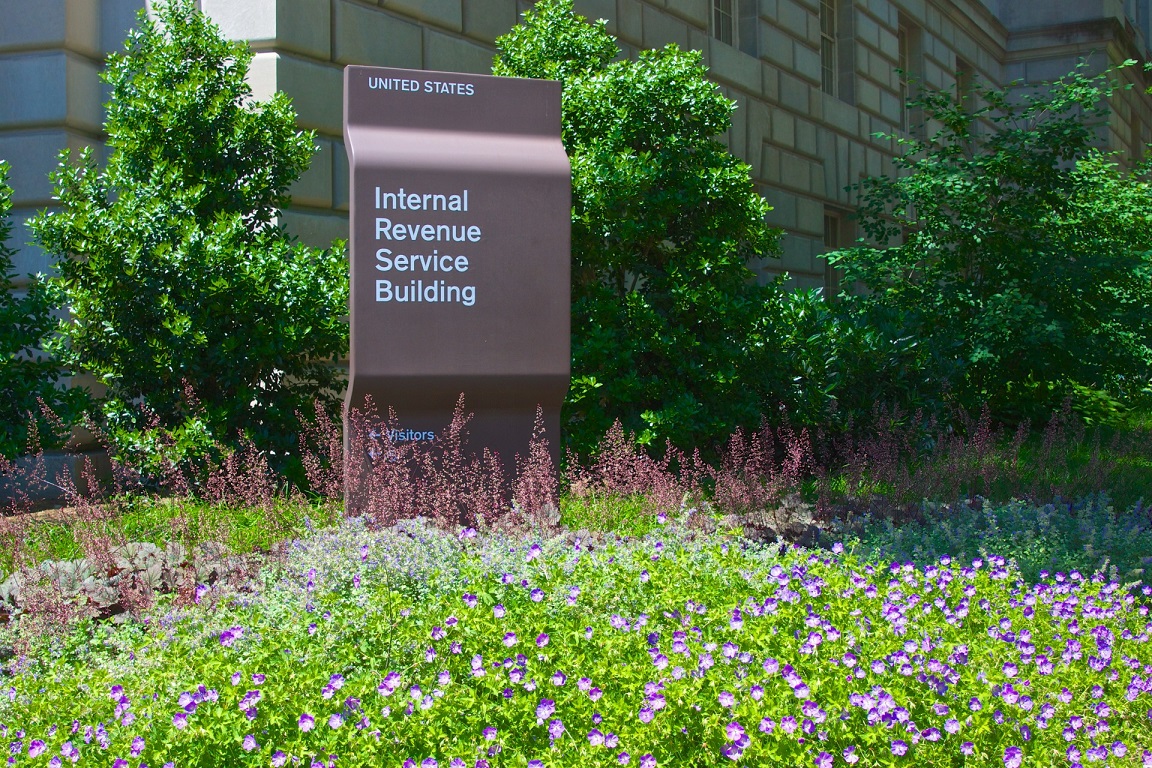What are the Stretch IRA Rules? The SECURE Act changed the Stretch IRA rules as of January 1, 2020. While this was a proposal, I wrote 7 Strategies If The Stretch IRA Is Eliminated, which continues to get read numerous times every month. Today, we are going to dive into the new rules for IRA Beneficiaries. This is important because if you are leaving a large retirement account to your heirs, there could be a large tax bill! And if you don’t know these rules, you could make it even worse.
First, old Stretch IRAs are unchanged and are grandfathered under the old rules. So, for anyone who passed away by December 31, 2019, their beneficiaries could still inherit the account into a Stretch IRA. That means that they only have to take Required Minimum Distributions each year. They can leave the money invested in a tax-deferred account. For many of my clients with inherited IRAs, their Stretch IRAs have grown even though they are taking annual withdrawals!
Under the new rules, there are three classes of IRA Beneficiaries. First, there are Eligible Designated Beneficiaries (EDBs) who will still be able to use the Stretch IRA Rules. Second, there are non-Eligible Designated Beneficiaries (non-EDBs), who are now going to have to withdraw all the money within 10 years. This is called the “10 Year Rule”. Third, there could be a Non-Designated Beneficiary.
Eligible Designated Beneficiaries
There are six situations where an IRA Beneficiary today could use the old Stretch IRA rules.
- A Spouse
- Minor Children (see below)
- Disabled Persons
- Chronically Ill Individuals
- Persons Not more than 10 years younger than the IRA owner
- Certain See-Through Trusts
These individuals could inherit an IRA and use the old Stretch IRA rules. For example, if you left money to your sister who is 8 years younger than you, she could do a Stretch. Or to a friend who was disabled. The old rules and benefits will still apply in these cases!
Spouses and Children
Minor Children are not given an unlimited Stretch IRA, unlike in the past. Today, Minor Children can stretch the IRA until the age of majority, 18 or 21, depending on the state. If they are a full-time college student they can stretch until age 26. When they reach that age, then the 10 Year Rule kicks in and they must withdraw the remainder of the IRA within 10 years.
Spousal beneficiaries have a choice in how they treat the inherited IRA. They can roll it into their own IRA and treat it as their own. This is helpful if they are younger than the decedent and want to have smaller RMDs. However, if they are younger than 59 1/2, they might prefer to put it into a Stretch IRA. That way they can take withdrawals now and avoid the 10% pre-mature distribution penalty. If a surviving spouse is older than the decedent, they could use the Stretch IRA so they can put off RMDs until the decedent would have been 72.
Non-Eligible Designated Beneficiaries
Any person who is not one of the six EDBs is a non-Eligible Designated Beneficiary. Non-EDBs are must withdraw their entire IRA within 10 years. This would include adult children, grandchildren, or any other relative or friend who is more than 10 years younger than the IRA owner. Most non-spouse beneficiaries will be non-EDBs.
The IRS created some confusion this year as to what the 10 Year Rule Means. One document suggested that beneficiaries would still be required to take out some of the inherited IRA annually. That turns out not to be the case, as the IRS clarified in publication 590-B, Distributions from IRAs. Under the 10 year rule, there is no RMD or annual requirement. Beneficiaries have complete choice in when they withdraw from the IRA. The only requirement is that the whole account is withdrawn in 10 years.
For most beneficiaries, you will still want to draw down a large account gradually. Taking small withdrawals each year is likely to result in lower taxes than if you wait until the 10th year. For example, it would be better to take $100,000 a year for 10 years than $1 million all at once. This does give us some room for customization. If you have a low earning year, that could be a better year to take out a larger amount. If your tax rate will go up in 2022 or 2026, you might want to accelerate withdrawals while under a lower rate.
Non-Designated Beneficiaries
The third category is Non-Designated Beneficiaries. An NDB could occur if you don’t name a beneficiary, if you name your Estate as the beneficiary, or a charity or certain trusts. NDBs have the worst outcome, the old 5-year Rule. NDBs must withdraw the entire IRA within 5 years. Many people who established Trusts prior to 2020 named their trusts as the beneficiary of their retirement accounts. This will backfire now because the Trust cannot Stretch the distributions. And with Trust tax rates higher than for individual beneficiaries, this could hurt your beneficiaries quite a bit. If you have a Trust from before 2020, it should be revisited.
It is important that we review your beneficiaries from time to time to make sure they are up to date. It is also a good idea to have contingent beneficiaries in case your primary beneficiary pre-deceases you. IRAs do not have to go through probate. But if there are no beneficiaries, then this money could be tied up from months to more than a year as the Probate Court decides how to distribute your money.
Roth IRA Stretch Rules
Roth IRAs are inherited tax-free. So, on day one, any beneficiary can withdraw the entire Roth IRA balance and owe zero taxes. However, there are some options available for Roth Beneficiaries, too. And these also changed under the SECURE Act.
First, for spouses. A spousal beneficiary of a Roth IRA could take a lump sum distribution. Or they could roll the inherited Roth into their own Roth. Third, they could roll the Roth into an Inherited Roth account. In an Inherited Roth, they have two options for distributions. They can take annual Required Minimum Distributions based on their own age. Or, they can use the 5-year rule and withdraw the entire amount in 5 years. For most spouses, rolling the inherited Roth into their own will be a good course of action.
Non spouse beneficiaries also have an option to continue tax-free growth of a Roth. For Roth owners who passed away before 2020, beneficiaries could have elected to take RMDs. Under the new rules (owners who passed away after January 1, 2020), Roth Beneficiaries can use the 10 year rule. They have up to 10 years to take money out of their inherited Roth IRA.
Other Considerations
An inherited IRA also has a beneficiary. What happens then? Let say Mom left her IRA to her son years ago. Son has a Stretch IRA. Son passes away and leaves the inherited IRA to his wife. What now? You don’t get to Stretch twice. So the wife, in this case, is going to be under the 10-Year Rule. This is called a Successor Beneficiary.
A second example: Mom passes away in 2020 and leaves her IRA to her son. Son is under the 10-Year Rule. Son passes away in 2025 and names his wife as Successor Beneficiary. Does she get to restart the 10-Year Rule? No, the old rule applies, and she must withdraw the full account by 2030.
If you have a Beneficiary IRA, and are over age 70 1/2, you can also do Qualified Charitable Distributions. Most people don’t realize that QCDs could count towards their RMDs from an inherited IRA, too.
While I often only have one or two clients who inherit an IRA each year, every IRA owner should understand what will happen when they pass away. That’s why I am writing this somewhat technical article on the new Stretch IRA rules. By planning ahead, we can determine the best course of action for your situation. It could involve leaving a your IRA to charity, to a spouse, to children, grandchildren, or a trust. It may make sense to convert your IRA to a Roth.
For many of my clients, their largest accounts are IRAs. And there is a significant tax liability attached to those IRAs, for the owners, spouses, and heirs. If we plan well, we can help reduce those taxes!









